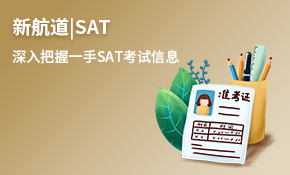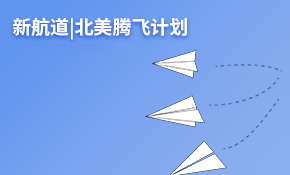托福词汇:托福英语中的外来词汇有哪些?
大家都知道汉语中有许多外来词汇,其实英语也不例外,南京新航道学校托福频道为考生搜集整理了托福考试中常见的外来词汇,内容如下:
Kowtow 屈从、献媚
Language of Origin: Chinese
来源语:汉语
About the Word:
It comes from the Chinese kòutóu – kòu ("to knock") plus tóu ("head") – and originally referred to kneeling and touching one's head to the ground as a salute or act of worship to a revered authority.
该词来源语汉语里的“叩头”一词,即以双膝跪地、头触地的形式对权重人士表示尊敬。
The noun arrived in English in the early 1800s, and within a few decades had taken on the "fawn" or "suck up" verb meaning we use today.
该词在19世纪早期被吸纳进英语词汇,后来几十年间,该词在英语中的意思逐渐固定为“巴结、献媚”。
Hazard 危险
Language of Origin: Arabic
来源语:阿拉伯语
About the Word:
Hazard dates to the time of the Crusaders and involves a game of chance.
Karaoke 卡拉OK
Language of Origin: Japanese
来源语:日语
About the Word:
It comes from the Japanese kara ("empty") + ōke, short for ōkesutora ("orchestra").
该词来源语日语的kara(空的)和ōke(“乐团”的缩写),即“空荡荡的乐团”。
Karaoke became popular in Japan among businessmen in the late 1970s, and gained widespread popularity in the U.S. in the late 1980s.
上世纪70年代后期,卡拉OK开始在日本商务人士当中流行起来,上世纪80年代后期盛行于美国。
Ketchup 番茄酱
Language of Origin: Malay
来源语:马来语
About the Word:
This all-American condiment started out as a spicy, fermented fish sauce in Malaysia.
如今已成为美国标志性佐料的番茄酱最开始在马来西亚起源时其实是一种带辣味的发酵鱼露。
That version, known as kěchap, made its way first to Europe and then to the New World, where tomatoes eventually became the defining ingredient.
那种鱼露的名字叫kěchap,传到欧洲,然后才到达美洲新大陆,在那里,kěchap的主料逐渐变成了番茄。
Elsewhere, ketchup retains an earlier identity. Traditional English ketchup, for example, is a pureed seasoning based on mushrooms, unripe walnuts, or oysters.
在其他国家,番茄酱仍然保留原来的配料。例如,传统的英式番茄酱是由蘑菇、尚未成熟的核桃或牡蛎制成的酱料。
南京新航道学校提供专业的雅思培训、托福培训、GRE培训、SAT培训、剑桥青少英语培训等,帮助广大学子“用英语点亮人生”。
新航道致力于帮助学生提高英语能力,决胜雅思、托福、SAT、GRE等出国考试,分享励志成长、英语学习、考试信息、留学动态,尊重英语学习!南京新航道官网微信号:xhd-nanjing.
新朋友关注方法:
1、添加微信号:xhd-nanjing
2、二维码关注:保存图片——打开微信扫一扫——从相册选择二维码
















